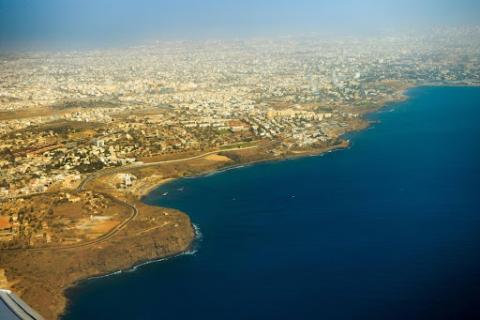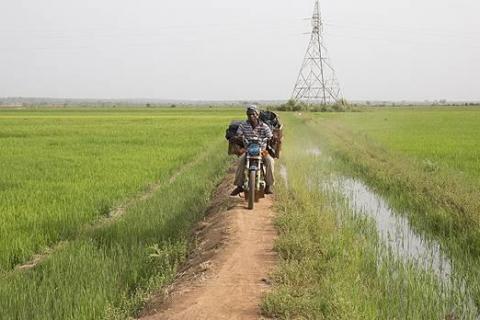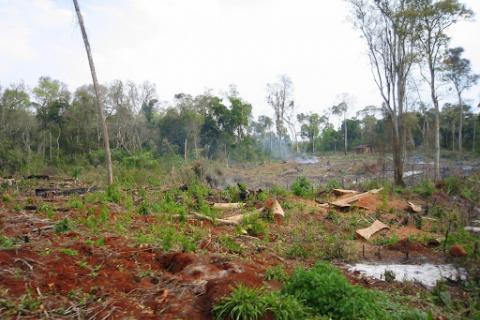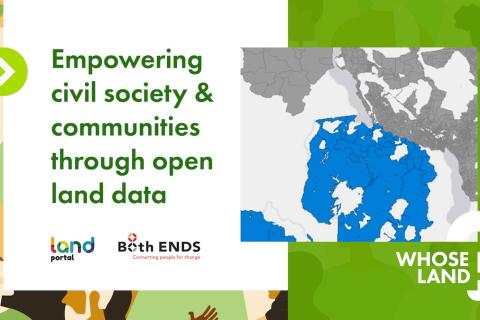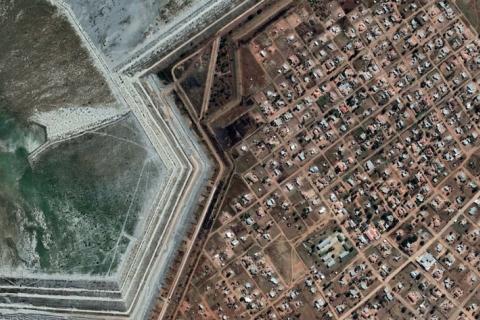New Country Portfolio for Senegal
Senegal has the particularity of being the westernmost point of the African continent, which is located at the tip of Almadies in Dakar, the country's capital. With an area of 196,722 km2 , Senegal is bordered by the Atlantic Ocean to the west, Mauritania to the north and Guinea and Guinea-Bissau to the south. The Gambia, a country located on either side of the river bearing the same name, forms an enclave within Senegal. The relief of Senegal is generally flat and low, with an average altitude of less than 50 metres over three quarters of the territory.
New Country Portfolio for Mali
Mali is a landlocked country in the heart of the Sahel that faces land related tensions, food insecurity and severe security challenges despite the 2015 peace agreement. Agriculture accounts for 39% of the national GDP and Mali’s main exports rely on gold, cotton, and livestock.
New Country Portfolio for Argentina
The Land Portal published a new country portfolio for Argentina as part of our Country Insights initiative. The initiative seeks to expand knowledge about how countries govern their land, the challenges they face, and the innovative solutions they find to manage land tenure issues. Each portfolio comes with a detailed description of the land governance context and a collection of related blogs, news, publications, statistical datasets and more.
Workshop Recap: Using Data to Tell Compelling Stories About Land
The Land Portal has been using data stories since 2019 as a way to demonstrate how combining data with engaging, memorable and persuasive narratives can empower communities to tell their stories to the world.
[Webinar Recap] Empowering civil society and communities through open land data
The second webinar of the Whose Land? - Inclusive Pathways to Land Governance series focused on the opportunities and constraints of civil society in advocating for more open land data and in harnessing its power for improved land governance.
Episode 3- Where do we land up on land tenure and land degradation?
WATCH: COP26 Reflections in #LandDialogues
"At last, we are beginning to harvest more than 100 years
of international advocacy of Indigenous peoples."
- Dr. Myrna Cunningham Kain, on her initial reactions to the $1.7 billion pledge
The power of storytelling
The Land Portal advocates for more and better open land data, but more and better have never been our end objectives. Data must be used; it needs a purpose. One of the ways we practice what we preach is through our data stories.
A Story about Maize: Tracing a value chain from land-use to supermarket shelf
Maize is a key global cash crop, produced in every continent except Antarctica. As a flex crop, it has multiple uses including for direct human consumption, as an ingredient for animal feed, as a key component in processed foods, or in ethanol production. According to figures from FAOSTAT, global production increased from 0.2 to 1.2 billion tons between 1961 and 2020.
Double dispossession? A history of land and mining in South Africa's former homelands
Colonial and apartheid land dispossession in South Africa was the most extensive of any country in sub-saharan Africa. Despite a land reform programme initiated after the transition to democracy in 1994, equitable access to land remains an unresolved question in both urban and rural areas.


